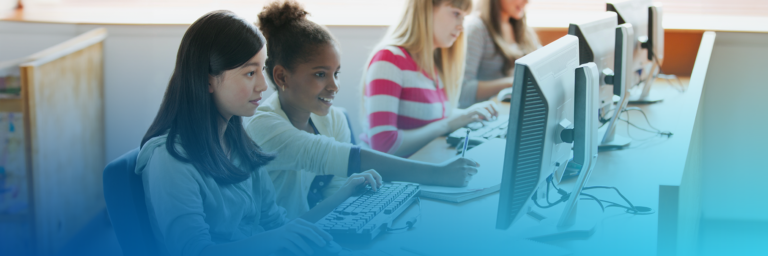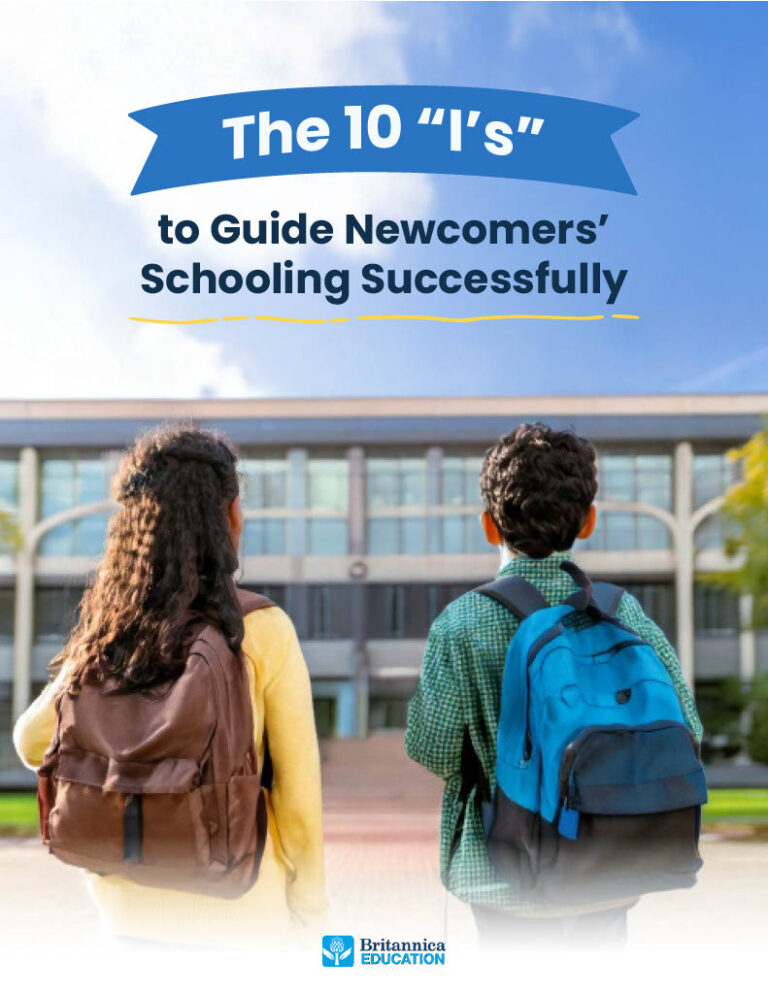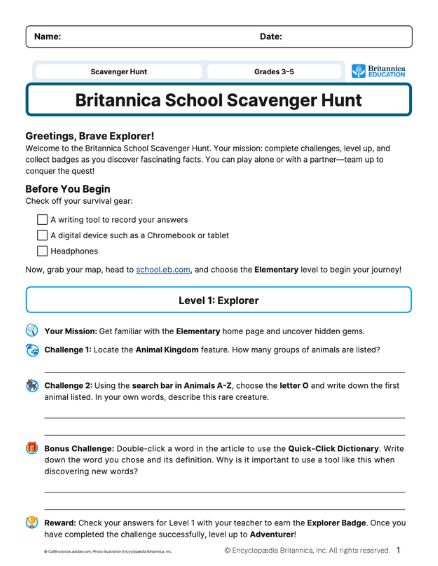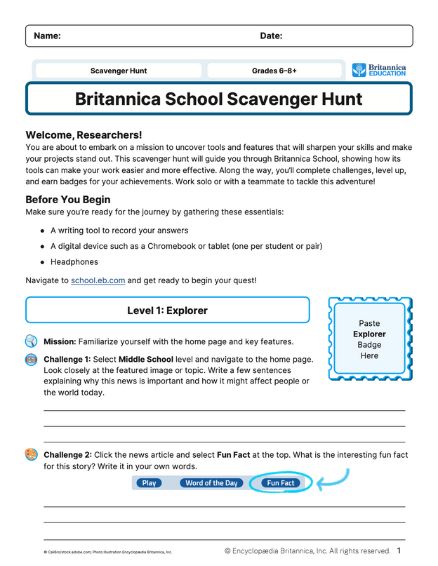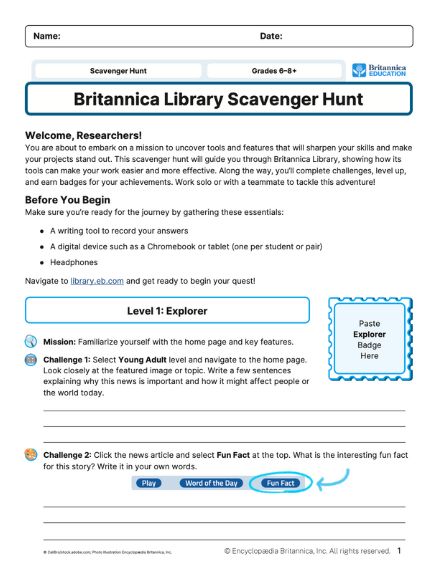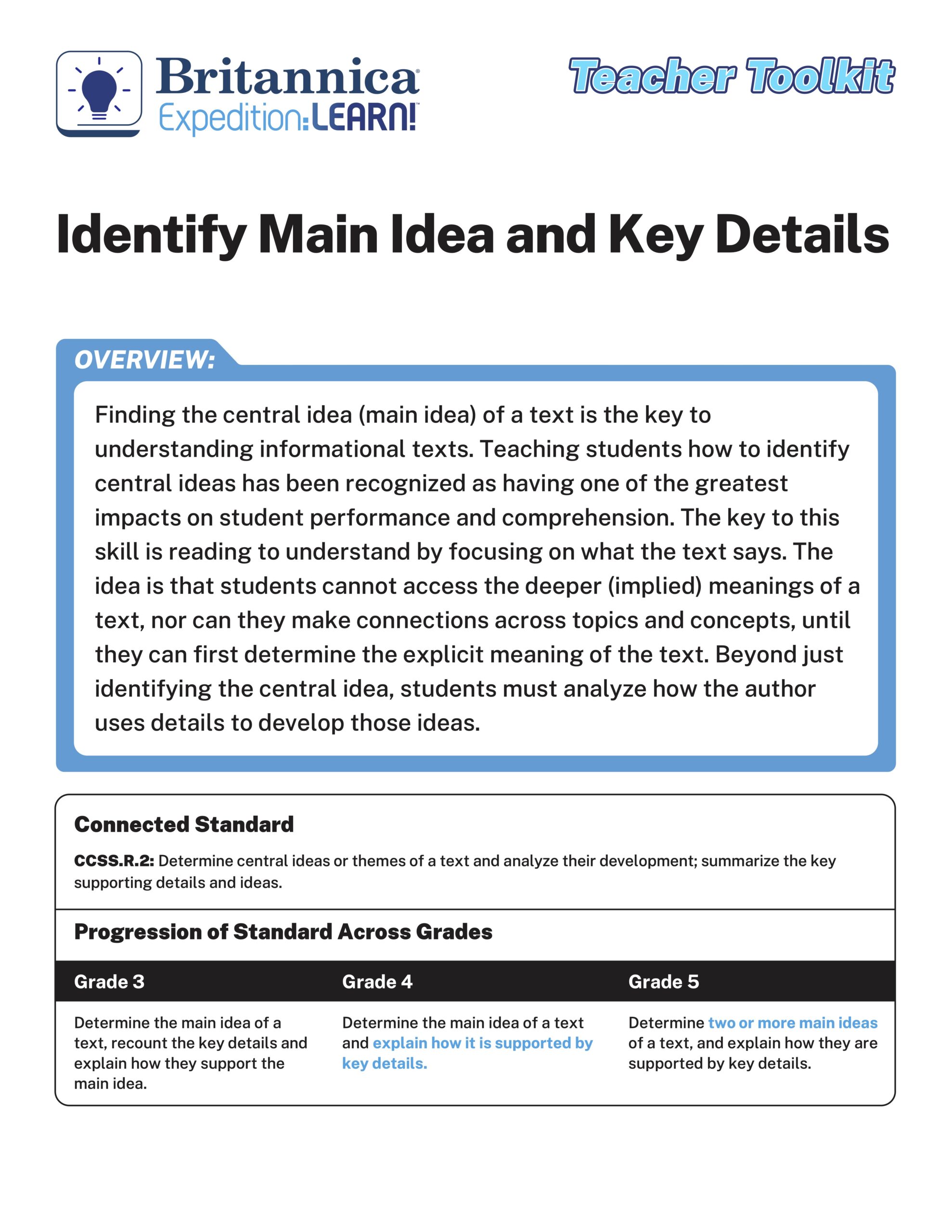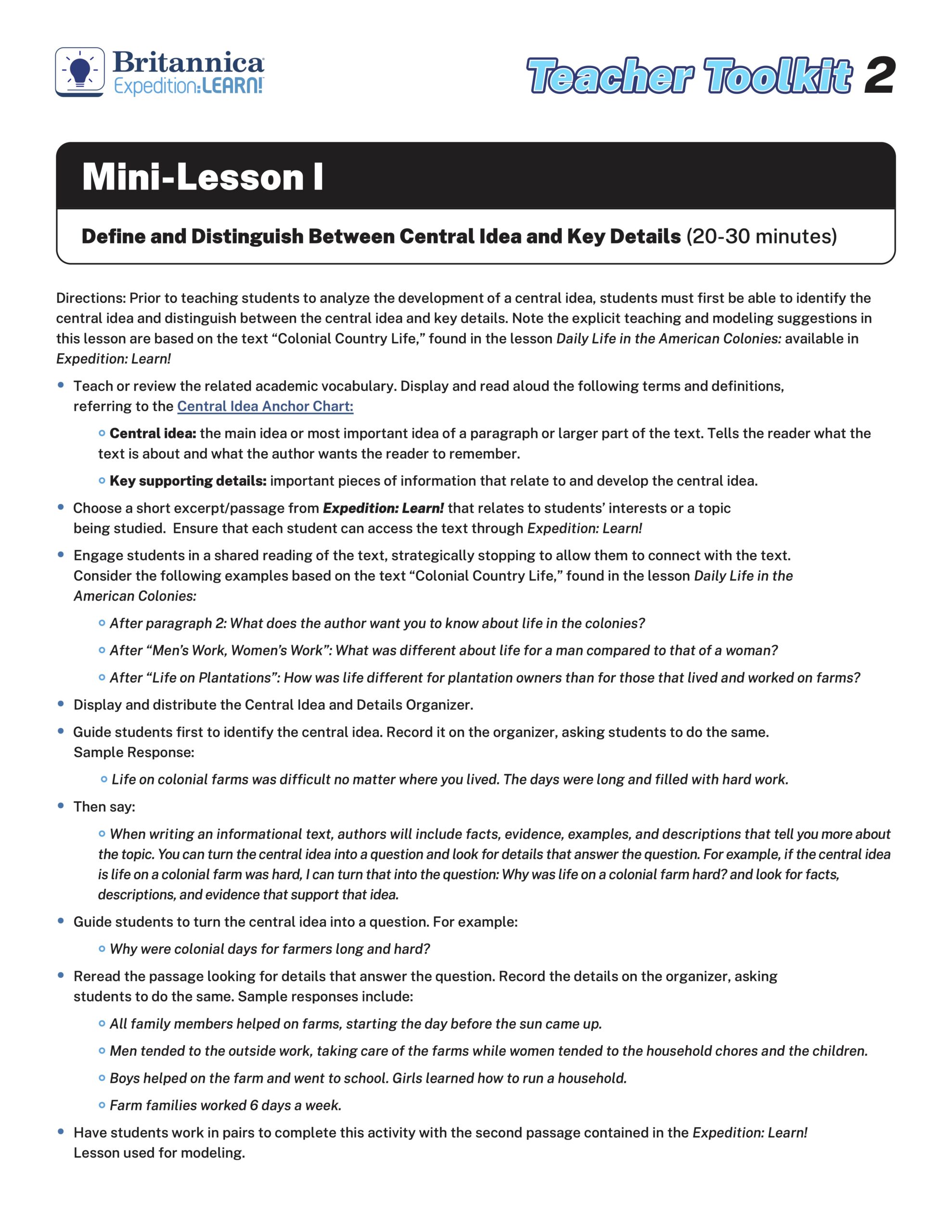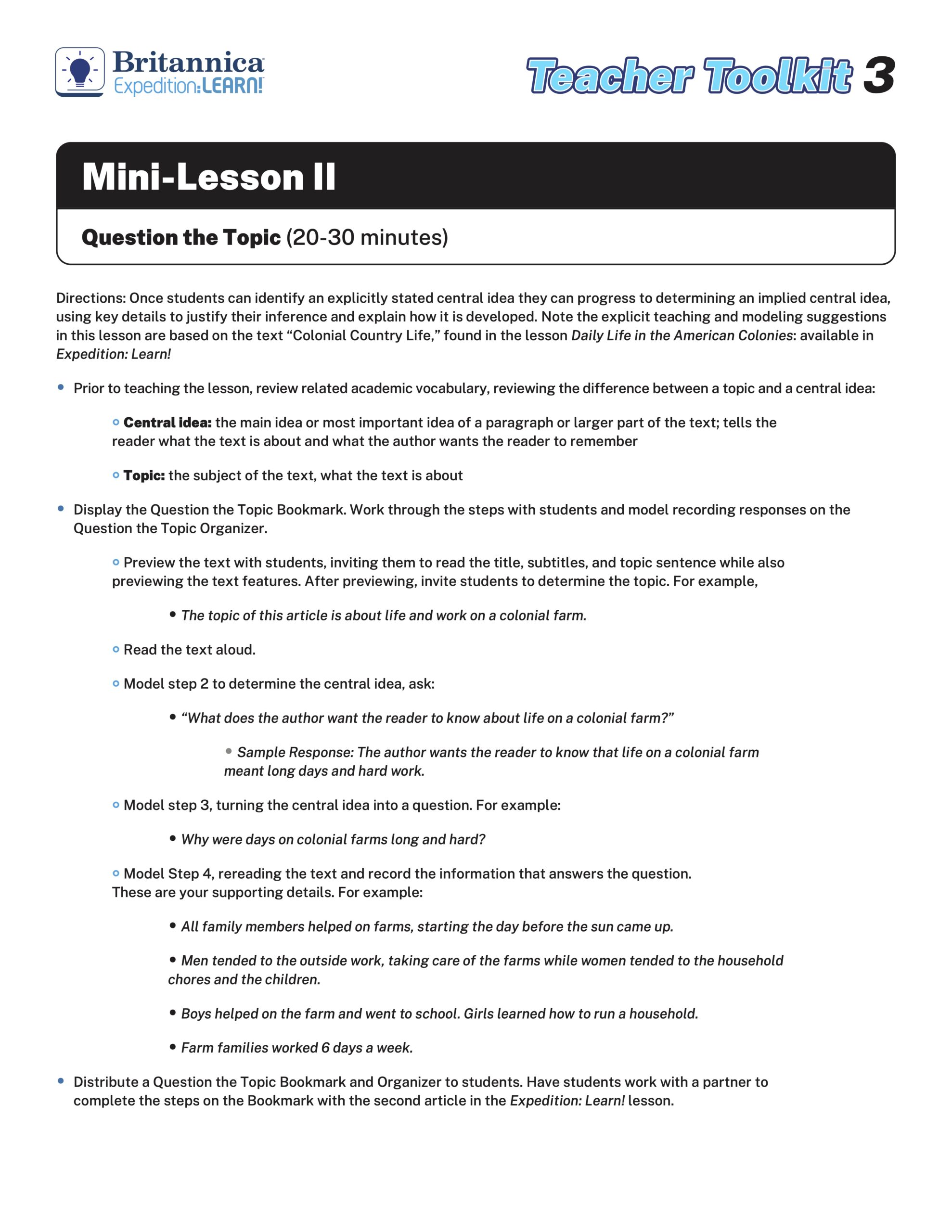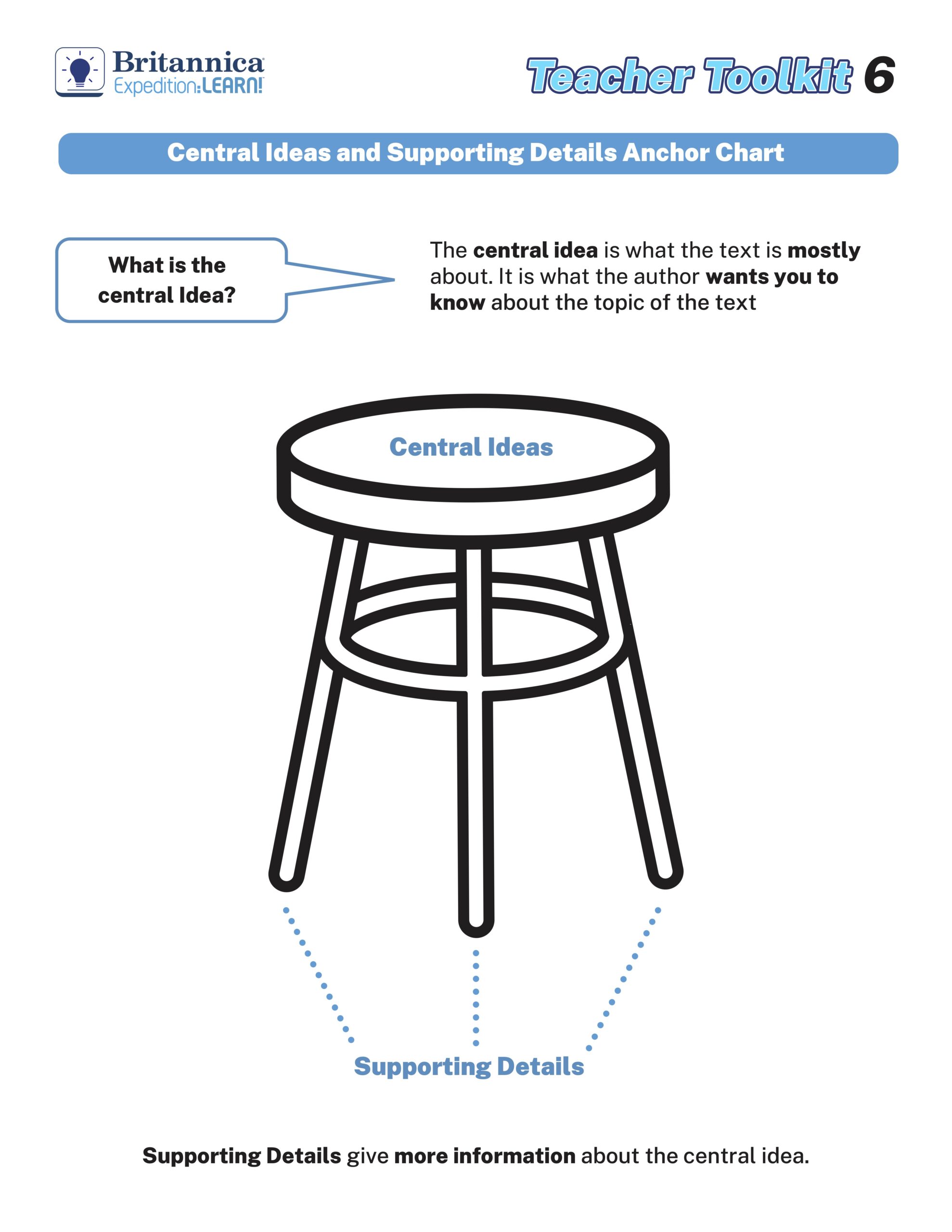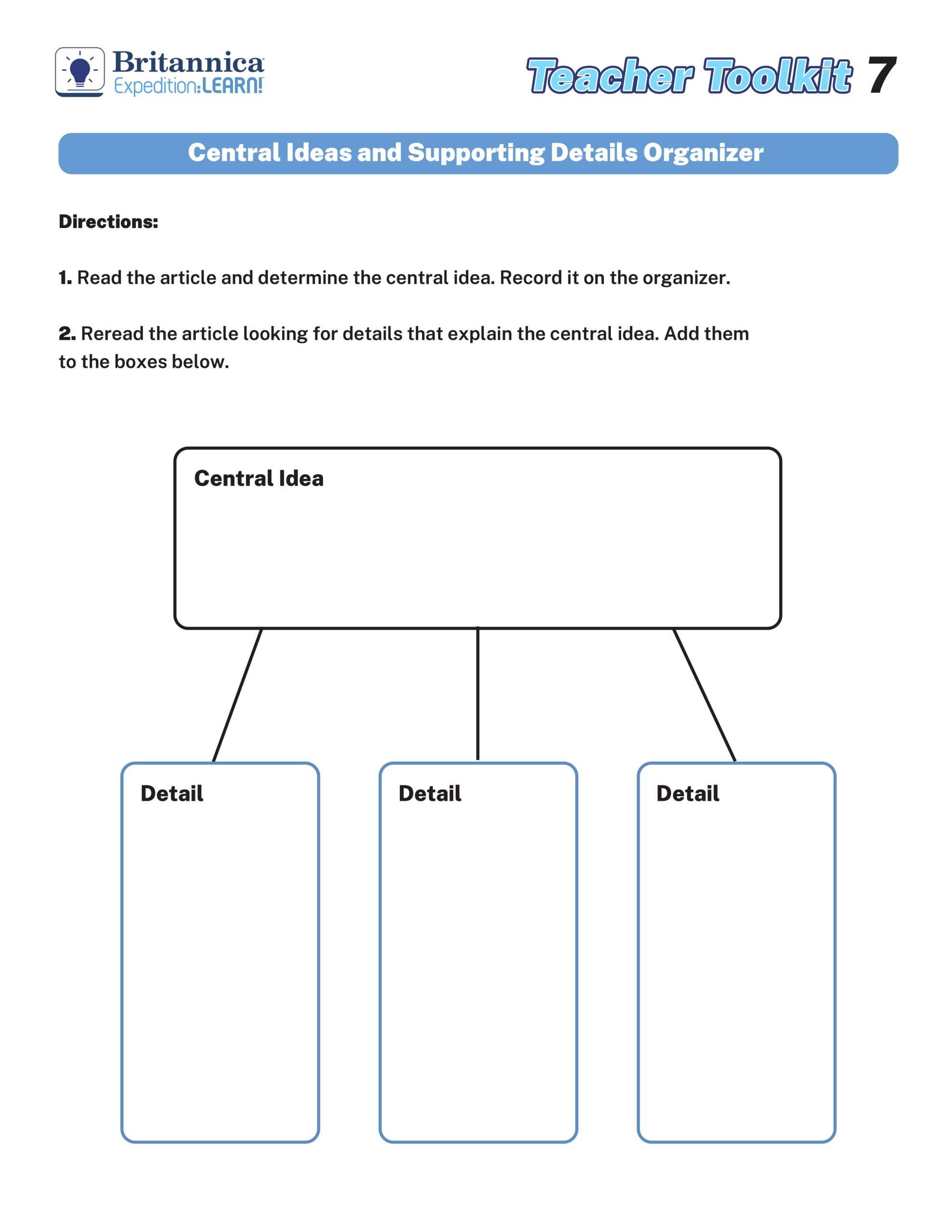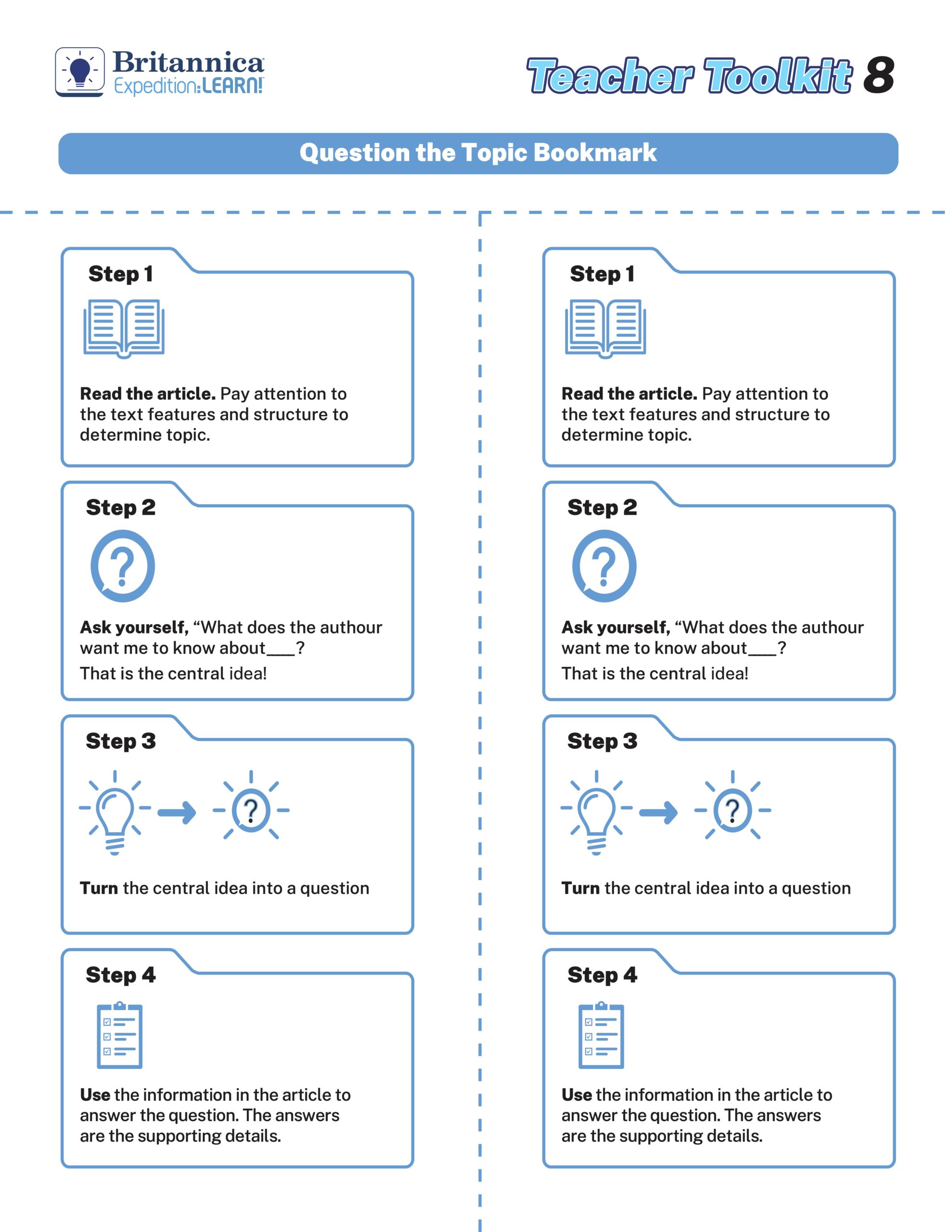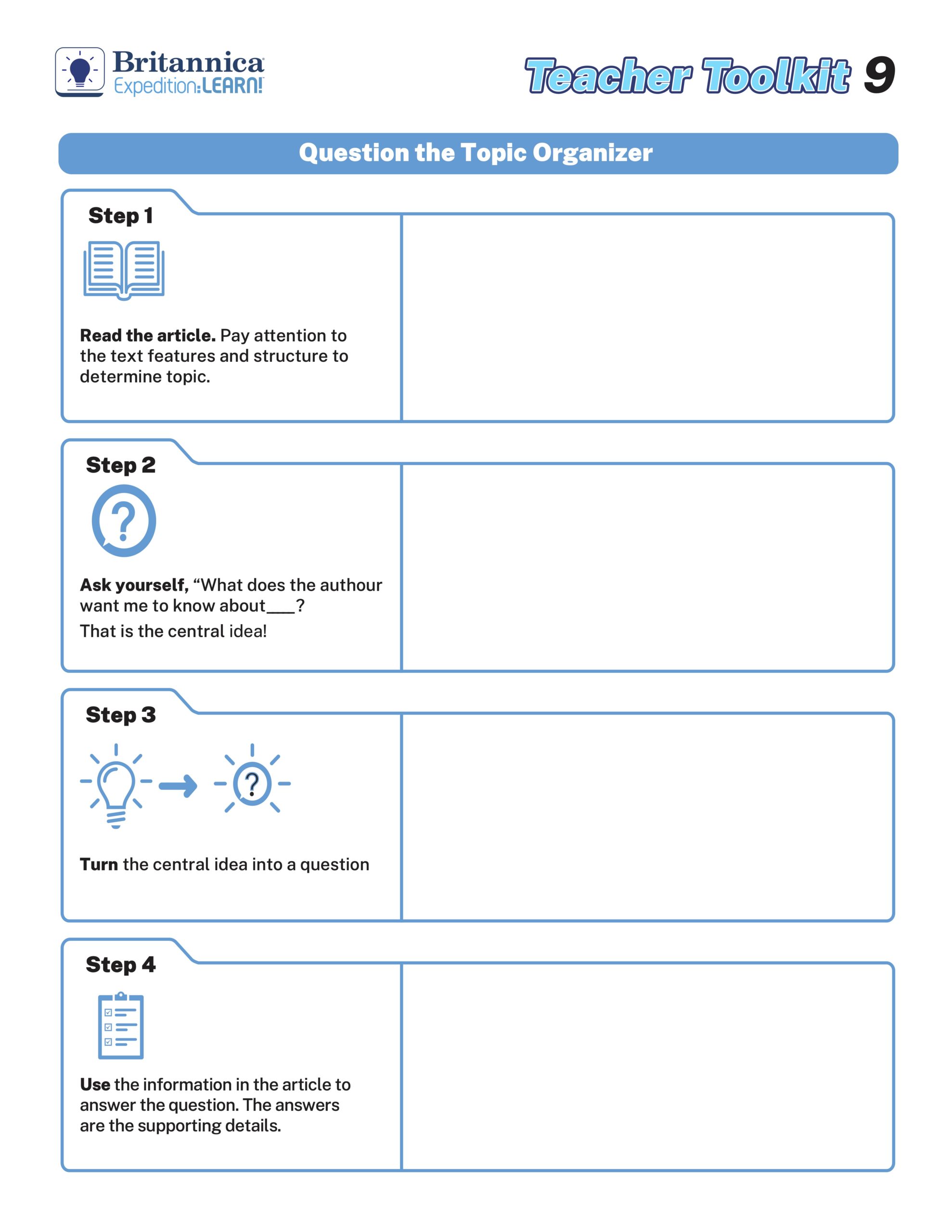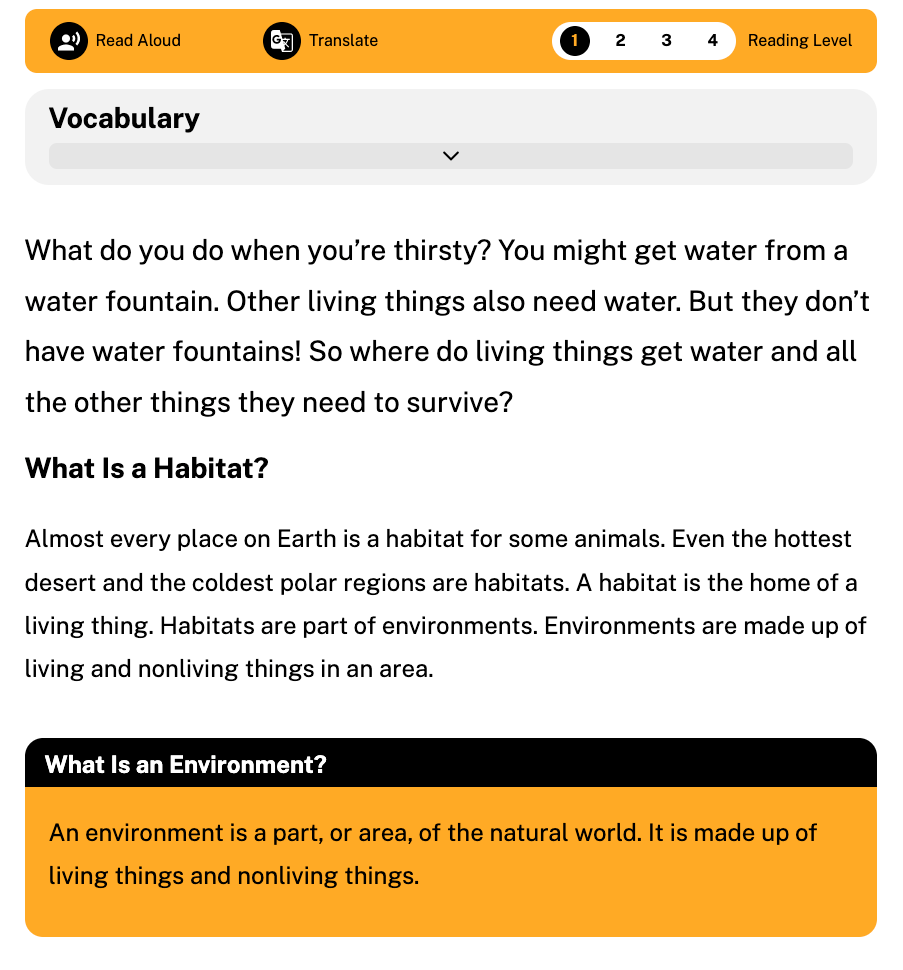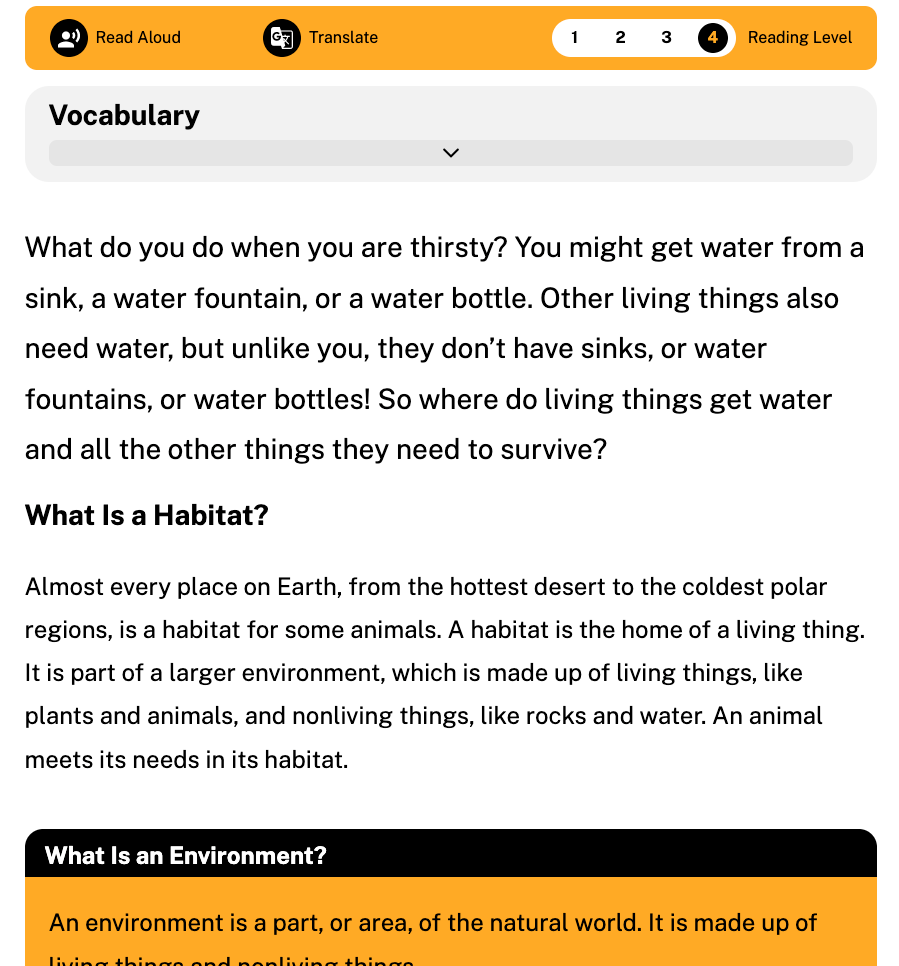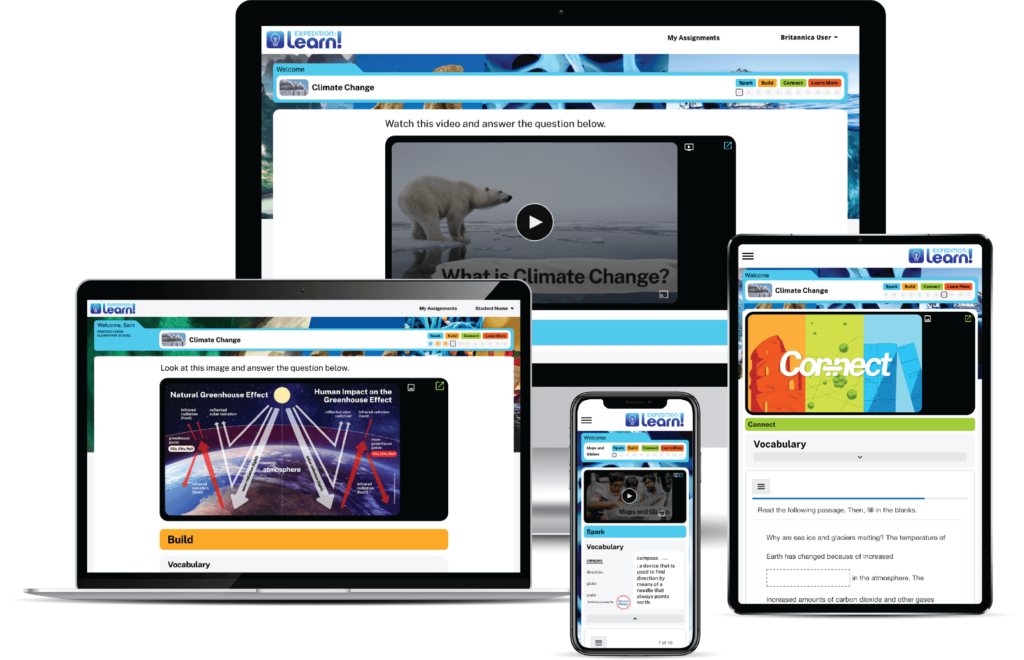October Media Literacy Challenge :: Week 1
Are you a superhero of fake-fighting, or do you need a few sessions of media literacy boot camp?
As the United States ramps up for midterm elections, we’re giving educators the tools they need to elevate students’ news and media literacy skills with the Britannica Digital Learning October Media Literacy Challenge. Every Monday in October, we’ll share new resources and activities that support media literacy skills development in students.
RSVP on Facebook to get publish alerts!
Lay the foundation and the need for media literacy. Learn how social media algorithms impact what makes it to your news feed. Help students to understand bias and how they can approach the news to develop well-rounded perspectives. Save our resource hit list for teaching and learning about news literacy, along with our favorite fact-checking sites and tools.
Fake news is a hot topic in the world of education, and for good reason. With constant bombardment from news sources and media messages, it’s difficult not to be overwhelmed. We live a world where students are inundated with more information than ever before. The average American teenager uses nearly nine hours of media a day, excluding school and homework. Yet a lot of that media may not be true. Today’s students must learn to filter through the excess of information to find the facts, which is often easier said than done.
Looking at some key terms can help educators as they prepare to broach the topic of fake news with students. Media literacy “provides a framework to access, analyze, evaluate, create, and participate with messages in a variety of forms” (Center for Media Literacy). This includes the variety of formats of media, from print to digital. Stony Brook University’s Center for News Literacy provides an excellent glossary of terms relating to news literacy, which it defines as “the ability to use critical thinking skills to judge the reliability and credibility of news reports, whether they come via print, television or the Internet.”
According to Merriam-Webster, “Fake news is news (“material reported in a newspaper or news periodical or on a newscast”) that is fake (“false, counterfeit”).”
The term fake news refers to sources that are sharing distorted, fabricated, inaccurate, or misleading information. When evaluating news sources, students must learn to read with a critical eye and seek out other sources to verify and confirm facts. Newseum created this free poster to help students learn to E.S.C.A.P.E. Junk News.
Students also need to understand how algorithms on social media sites and search engines create a filter bubble that influences the information they see. According to a 2018 study by MIT, a false tweet is 70 percent more likely to be retweeted than a true one and searching for verified information can take a lot of time. Most people—over 90 percent in fact—never click through to the second page of their search results, and an estimated 50 percent don’t look past the first three results.
Although we are all easily susceptible to confirmation bias, it is important that students learn to approach news and information with the intention of developing a well-rounded perspective. A recent study by the Pew Research Center found that when asked to identify statements as factual or opinion, Americans tend to call a statement factual when they personally agree or think it is accurate. Check out the resources listed below to find lessons and resources to support the teaching of news literacy.
Resources for Teaching & Learning about News Literacy:
Equip any middle or high school student against the sway of fake news with this free media literacy webinar, Fight Fake News: Media Literacy for Students, hosted by Britannica Digital Learning.
⇒ TED-Ed Blog: How to tell fake news from real news
⇒ Breaking News Consumer Handbook: Fake News Edition
Popular Fact-Checking Websites:
Britannica’s Coolest New Tool:
Britannica School Insights is a free Google Chrome extension for Britannica’s leading education reference database, Britannica School. Britannica School Insights helps educators and students support digital literacy skill development by surfacing trusted and verified information to the top of regular web search results, ensuring that students have a trusted companion to bring along on their search queries. Britannica School Insights works with most major search engines—Google, Bing, Yahoo!, etc.—via the Google Chrome browser.
About the October Media Literacy Challenge
This month-long activity series will help educators lay a strong foundation for media literacy discussions, share must-have resources with students, explore sources and how to evaluate them, and ultimately put student skills to the test with a next-level scavenger hunt. Will you join our quest to help tweens and teens become well-equipped, critical, and thoughtful consumers of media and news?
edWebinar — Fight Fake News: Media literacy for students
Join the challenge! Mark your calendars for these activity release dates:
- WEEK 1 (October 1) — Fight The Fake: Get the what-why-and-how resource list

